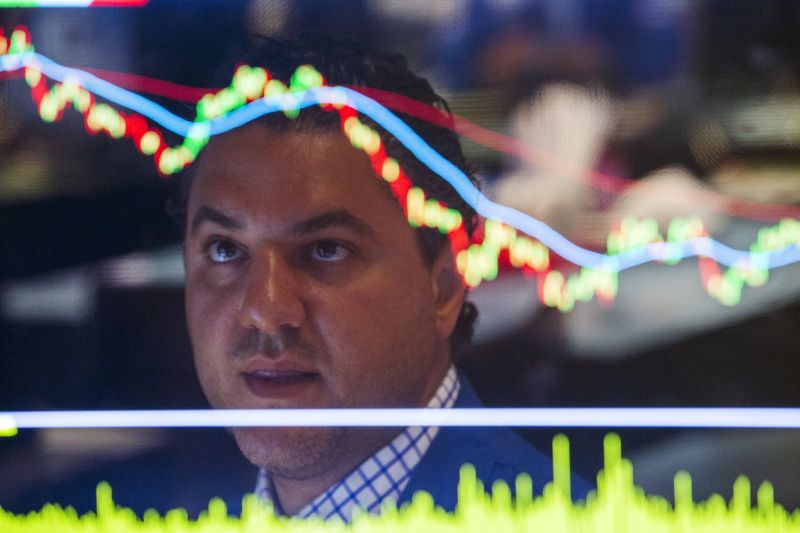Missed the webinar? Here are Investing.com’s top 10 stock picks for 2026
Investing.com -- Morgan Stanley (NYSE:MS) is warning investors to brace for further downside in U.S. equities, projecting the S&P 500 could fall another 7-8% from last Friday’s close if economic conditions continue to deteriorate and policy support remains absent.
The Wall Street firm highlights that the benchmark equity index has already broken through its 5100-5200 support range and is now heading toward the 200-week moving average (MA), around 4700.
“Valuations also offer better support at that price so investors should be prepared for another 7-8% potential downside from Friday’s close if there is no line of sight to a less severe trade environment and the Fed remains firmly on hold,” strategists led by Michael J. Wilson said in a note.
Major equity indices stayed resilient until mid-February, yet many individual stocks had already been under pressure for months, mainly due to weak earnings revision trends unrelated to tariffs.
Now, the introduction of reciprocal tariffs by U.S. president Donald Trump is adding another layer of strain on sentiment and could drive further negative revisions during the first-quarter earnings season, raising the risk of a recession.
There were signs of capitulation on Friday, with the Nasdaq slipping into bear market territory and traditional safe-haven assets like defensive stocks and gold also coming under pressure.
“With recession risks rising and no sign of a Fed or Trump put, investors are left to figure out when to step in,” strategists said.
The sell-off in cyclical sectors such as semiconductors and transports has been especially pronounced, reflecting broader concerns about slowing global growth. Even though some of these sectors are on the exempt list for tariffs, they continue to underperform.
"Semis have been the worst performing sub sector in the S&P 500 since last summer,” the note states, adding that this group’s weakness predated tariff concerns and signals deeper economic stress.
The strategists point out that this prolonged underperformance in cyclical stocks versus defensives—a gap now exceeding 40%—is more typical of a recessionary environment. Their base case does not assume a formal recession, though risks are rising.
They argue that if markets begin to price in such a scenario without clarity from the Fed or the administration, further downside is likely.
In this environment, Morgan Stanley remains overweight large-cap, high-quality stocks, but it cautions that the outperformance of defensive and quality names may be losing steam. Still, it is “probably too early to abandon that strategy,” strategists said.
“Recent developments and price action further emphasize our preference on high quality/large cap/more defensive equities and indices," they added.
The broader concern is that with no Trump put or Fed put currently in sight, investors may begin testing the limits of policymakers’ tolerance for market pain.
Regarding small-cap stocks, Morgan Stanley expects the group to continue lagging behind large caps due to their greater sensitivity to macro uncertainty, weakening earnings forecasts, and a typical pattern of underperformance late in the economic cycle.
